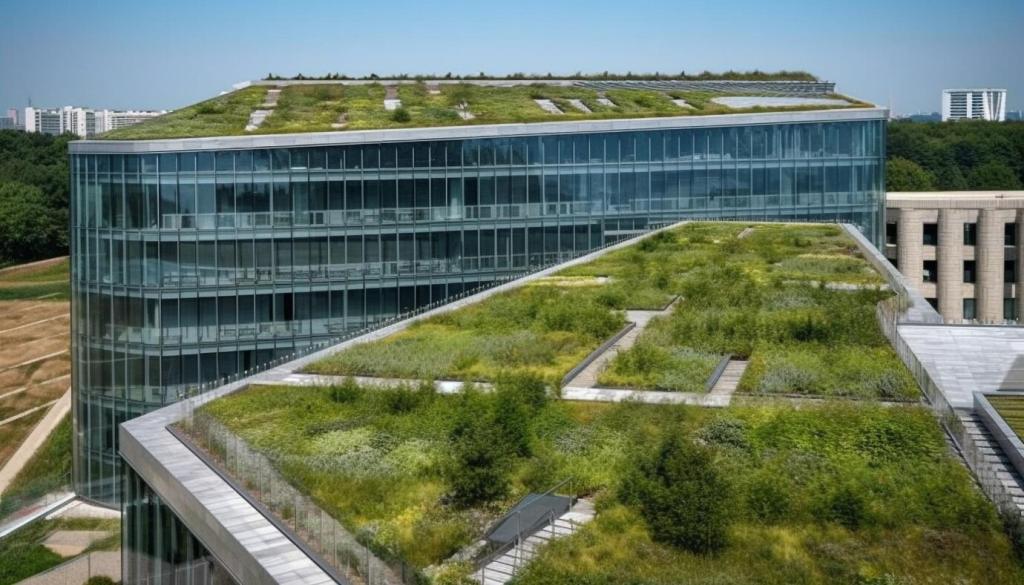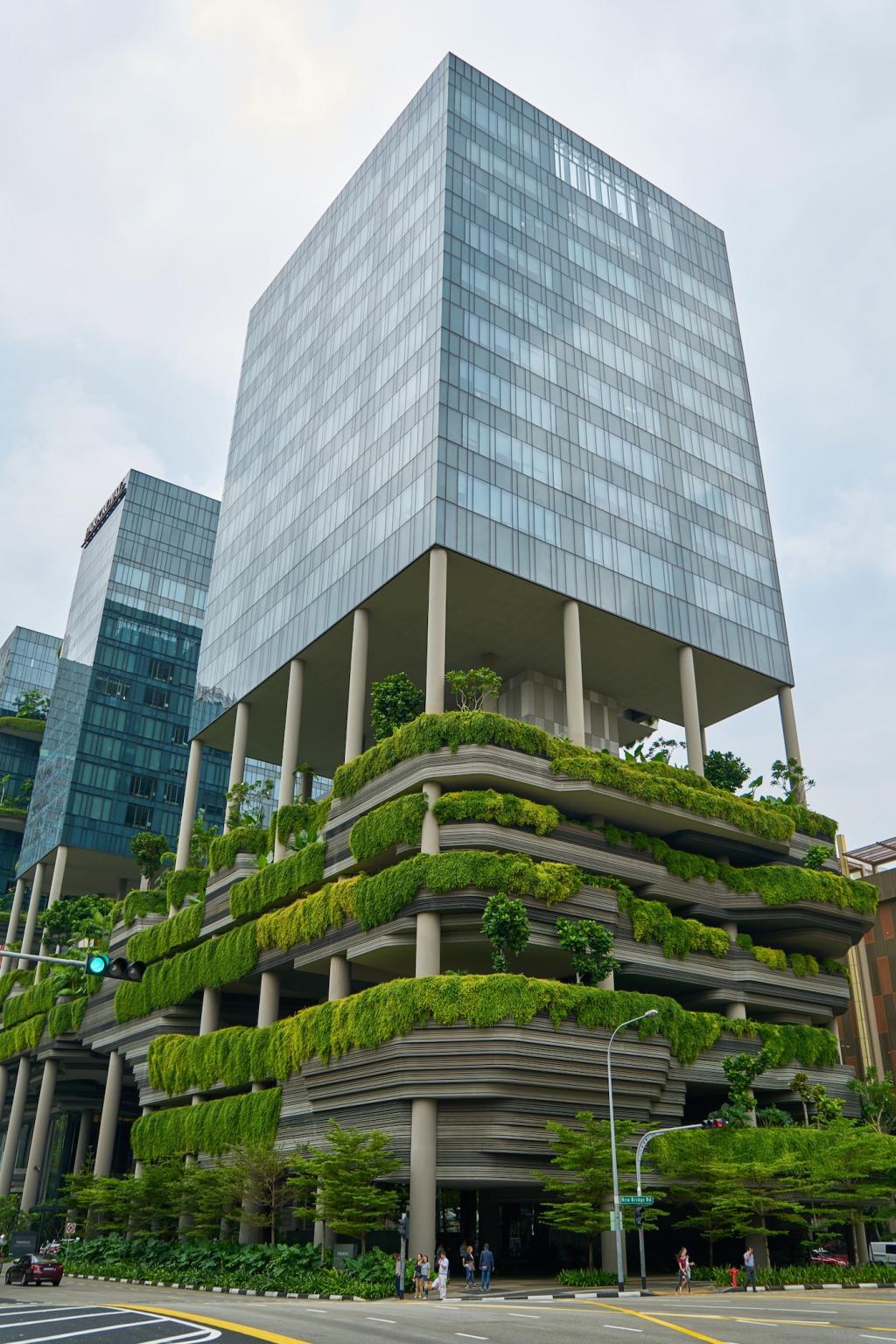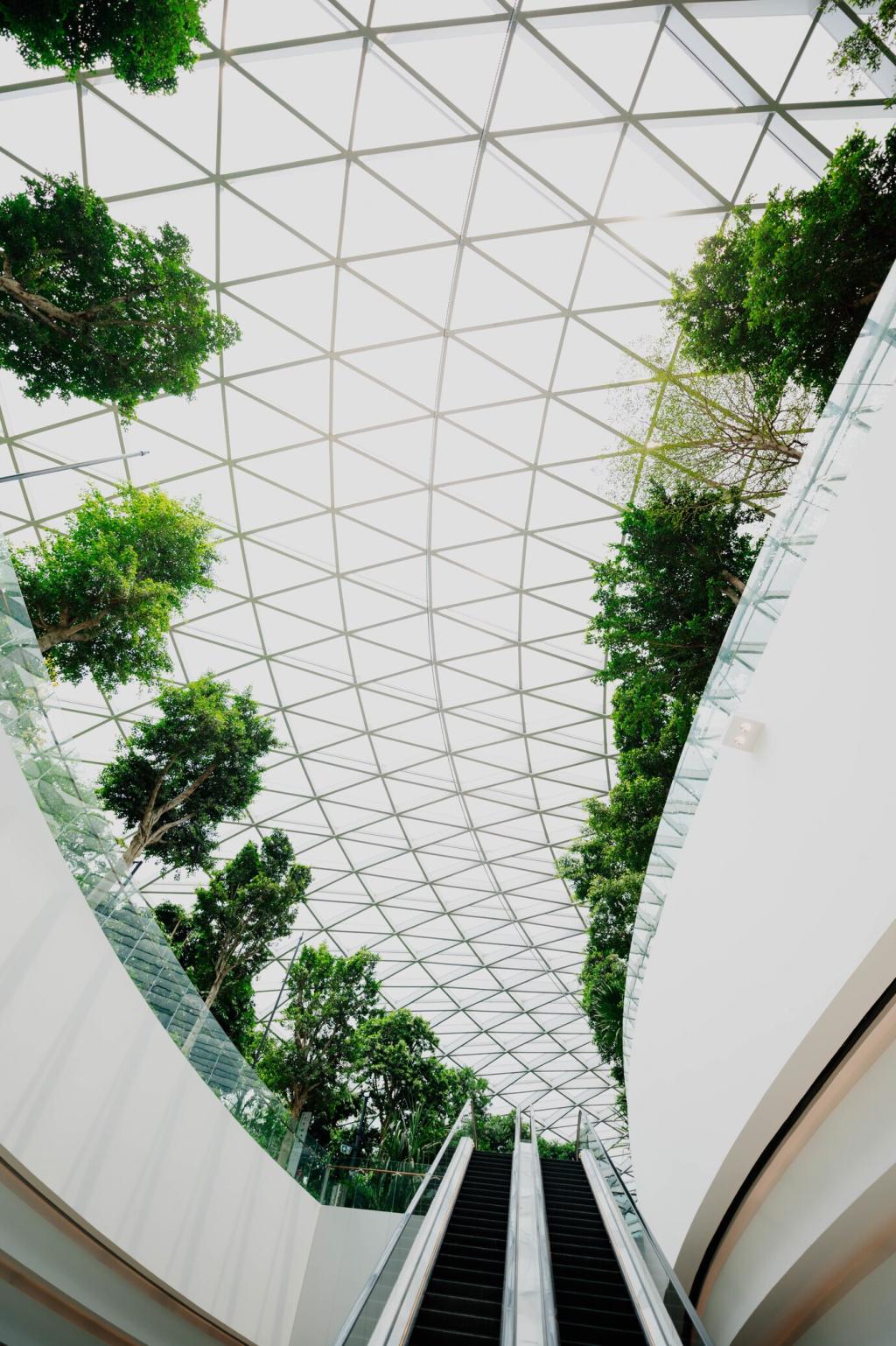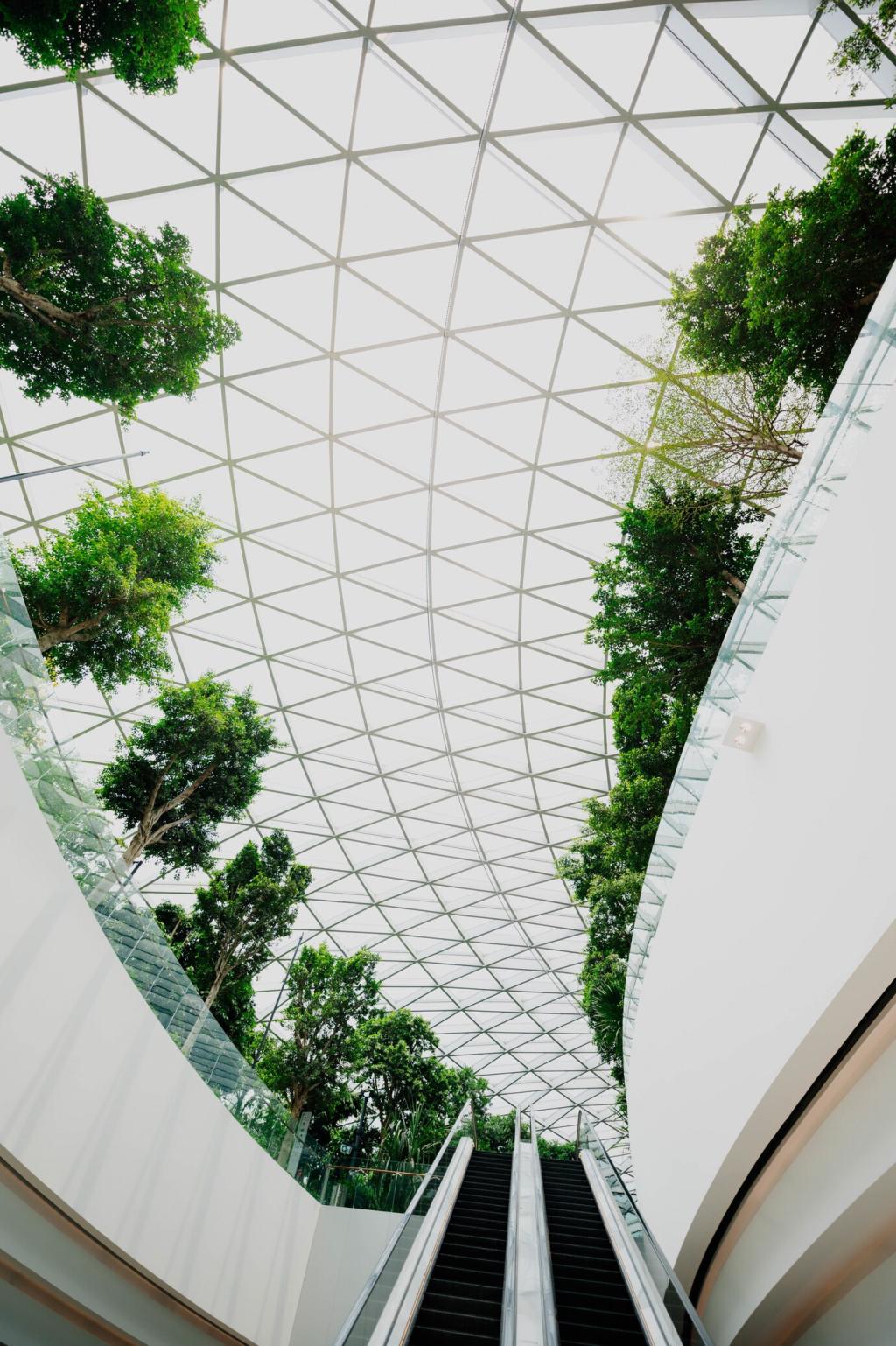Sustainable Solutions: Emerging Green Building Materials
The global push for environmental responsibility has transformed how buildings are conceived, constructed, and operated. As climate concerns and energy needs rise, the building industry is turning towards sustainable solutions that minimize environmental impact while enhancing efficiency and comfort. This page delves into the latest innovations in green building materials, exploring their characteristics, benefits, and transformative potential within modern architecture and construction.
The Rise of Green Building Materials
Sustainability in construction is no longer a niche choice but a mainstream demand shaped by regulations, certifications, and consumer expectations. Legislative pushes—such as LEED standards and stricter emissions targets—are reshaping procurement decisions for builders and developers. Furthermore, public concern about climate change encourages manufacturers to innovate, creating new products that conserve resources, reduce emissions, and enhance performance. This convergence of regulation and market preference accelerates the adoption of green materials, setting new industry standards.


Cross-Laminated Timber (CLT)
Cross-laminated timber is gaining traction as a sustainable substitute for concrete and steel, particularly in mid-rise and high-rise construction. Manufactured from layers of timber glued at perpendicular angles, CLT is prized for its strength, flexibility, and relatively low carbon footprint compared to traditional building materials. Since it is sourced from managed forests, it can be replenished continuously, making it not only renewable but also a carbon sink during its lifecycle. Advances in engineering have expanded its applications, making it suitable for diverse climates and building regulations.

Hempcrete
Hempcrete, a composite made from hemp hurds and a lime-based binder, offers a lightweight, insulating alternative to concrete. Unlike conventional cement, hempcrete’s production is less energy-intensive, and it absorbs carbon dioxide as it cures, further reducing its environmental impact. Its breathability supports healthy indoor environments, resisting mold and pest-related issues often found in traditional wall systems. Though not used structurally, hempcrete excels as an infill material in walls, floors, and roofs, valued for both its sustainability credentials and thermal performance.

Agricultural Waste Panels
Panels and boards manufactured from agricultural residues—such as straw, rice husks, or coconut fibers—are making significant inroads into sustainable construction. These materials divert what would otherwise be waste into productive uses, transforming a liability into an asset. Their production often requires little additional energy and can be tailored with natural binders for added environmental friendliness. Their versatility allows for usage in insulation, cladding, and interior finishes, providing excellent performance with a markedly reduced ecological footprint.
Recycled and Upcycled Materials
Steel is one of the few construction materials that can be recycled indefinitely without loss of strength or durability. The use of recycled steel in framing, roofing, and other building systems conserves natural resources and requires significantly less energy compared to production from raw ore. Modern electric arc furnace technologies further curtail emissions during the recycling process. The adaptation of steel from demolished structures and manufacturing scraps forms the backbone of contemporary green construction, pairing longevity with true circularity.
Upcycled glass products—such as tiles, countertops, and decorative aggregates—illustrate the creative reuse of waste in the built environment. Reprocessing post-consumer or industrial glass reduces demand for new raw materials and limits waste sent to landfills. Technological advances in sorting, cleaning, and remanufacturing have resulted in products equal to or exceeding the performance of virgin counterparts. The aesthetic versatility of glass combined with reduced embodied energy renders it a favorite for sustainably minded architects and homeowners.
Reclaimed wood recaptures the history and embodied energy of materials salvaged from old barns, warehouses, and factories. Each piece of timber avoids the emissions and ecological impacts of new logging, contributing character and durability to interiors and exteriors alike. Treatment and reconditioning practices ensure reclaimed wood meets modern safety and structural requirements. Beyond its environmental benefits, using reclaimed wood provides a story and unique visual identity to every project, aligning heritage with sustainability.

Advanced Insulation Solutions

Cellulose Insulation
Cellulose insulation, primarily made from recycled newspaper and cardboard, is celebrated for its high thermal performance and minimal environmental impact. Treated with natural fire retardants, it offers safety and excellent resistance to pests and mold. The production process is relatively low-energy compared to synthetic insulation, and its use reduces landfill waste. Cellulose insulation’s ability to fill gaps and cavities has made it a preferred choice for retrofits as well as new builds, bringing comfort and efficiency to a range of structures.

Sheep’s Wool Insulation
Sheep’s wool represents a perfect example of a bio-based insulation material that naturally regulates humidity and temperature while providing fire resistance due to its high nitrogen content. Its renewable sourcing and compostability at end-of-life make it highly sustainable. Furthermore, sheep’s wool is relevant in climates where moisture control and air quality are paramount, as it can absorb and release moisture without losing insulating properties or fostering mold. Its versatility and health benefits have caught the attention of eco-conscious builders worldwide.

Aerogel Panels
Aerogel insulation is a high-tech solution known for ultra lightweight construction and unrivaled thermal resistance. Although traditionally used in industrial and aerospace applications, current advancements have brought down costs, enabling aerogel’s use in residential and commercial construction. Made from silica, aerogel panels significantly reduce heat loss while using minimal material—thus drastically decreasing their embodied energy. Their thin profile suits retrofit scenarios where space constraints exist, marking aerogel as an innovative leader in energy-efficient design.
High-Performance Roofing Alternatives
Cool Roof Technologies
Cool roof options use reflective surfaces and specialized coatings to deflect solar heat, keeping buildings cooler and reducing reliance on air conditioning. Materials such as white thermoplastic polyolefin (TPO) membranes and reflective shingles are increasingly specified for both new and retrofitted structures. By keeping rooftop temperatures lower, cool roofs reduce urban heat island effects and lower energy use, translating directly to operating cost savings and heightened occupant comfort. Their growing popularity is tied to stringent energy codes and incentives offered by many municipalities.
Green or Living Roofs
Living roofs, also known as green roofs, integrate plants and soil atop structures, providing a natural barrier to heat and facilitating stormwater management. These eco-roofs promote biodiversity, lower ambient temperatures, and enhance building aesthetics. Living systems absorb rainwater, reducing runoff, and their insulating properties enhance energy efficiency year-round. In addition to their environmental and performance benefits, green roofs often improve urban air quality and serve as communal or recreational spaces, connecting cities with nature.
Solar-Integrated Roofing
Solar-integrated roofing merges photovoltaic technology directly into roofing materials, producing energy while serving as a protective layer. Innovations in this field include flexible solar shingles and fully integrated tile systems that blend seamlessly with traditional designs. These roofs transform passive surfaces into active energy generators, reducing greenhouse gas emissions and utility costs. As the technology matures and installation costs fall, solar-integrated roofs have become a mainstay of energy-efficient, net-zero-ready buildings looking to leverage renewable power.
Smart and Adaptive Cladding Systems
Phase Change Materials in Facades
Phase change materials (PCMs) integrated within facade panels absorb excessive heat during the day and release it as temperatures drop, smoothing interior temperature swings. This dynamic thermal buffering capability allows buildings to operate with more stable indoor climates while reducing the load on HVAC systems. Used in both new construction and retrofits, PCM cladding appeals to designers aiming for energy resilience and customizable thermal profiles without sacrificing building aesthetics.
Dynamic Shading Systems
Unlike conventional cladding, dynamic shading systems utilize sensors, smart glass, and motorized elements to adjust transparency or coverage in response to sunlight and weather. By controlling daylight penetration and heat gain, they greatly enhance occupant comfort, daylighting, and energy efficiency. The systems represent a convergence of architecture and advanced automation, empowering buildings to optimize their internal environment passively or at the touch of a button, lowering cooling costs and improving productivity.
Sustainable Terracotta and Ceramic Rainscreens
Terracotta and ceramic rainscreen systems have evolved to utilize locally sourced, low-impact clay and energy-efficient manufacturing processes. Their ventilated design prevents moisture ingress, extends building lifespan, and provides excellent insulation. Customizable in finish and color, these materials enable bold design while improving environmental profiles through durability and end-of-life recyclability. As a cladding choice, advanced ceramic rainscreens stand out as both traditionally inspired and future-forward in sustainable construction.
Health-Conscious Interior Finishes
Low and Zero-VOC Paints
Traditional paints emit volatile organic compounds (VOCs) that harm indoor air quality and pose health risks. Low and zero-VOC paints are formulated to minimize these emissions, relying on benign solvents and natural pigments. Their adoption is incentivized by green building certifications and increasingly stringent health regulations. Available in a wide range of colors and finishes, these paints help protect both the environment and building occupants, setting a new standard for safe, sustainable interiors.
Bamboo Flooring and Wall Coverings
Fast-growing and easily renewable, bamboo is an ideal alternative to traditional hardwoods for flooring and interior surfaces. Its unique cellular structure results in a material that is both hard and flexible, resistant to wear yet gentle underfoot. Modern processing techniques have enabled a range of finishes and formats, from traditional planks to engineered products and decorative wall panels. Bamboo’s minimal resource input, quick regeneration cycle, and strong ecological credentials have made it a favorite in sustainable interior design.
Recycled Content Carpet Tiles
Today’s recycled-content carpet tiles integrate fibers from plastic bottles and reclaimed textiles, significantly reducing waste and resource extraction. Innovations in modular backing and manufacturing processes further minimize emissions and facilitate easy repair or replacement, prolonging lifecycle usability. These tiles often incorporate design flexibility, allowing for intricate patterns, vivid colors, and adaptable layouts while surpassing health and safety benchmarks for indoor environments. As an interior finish, they exemplify the union of practicality, aesthetics, and environmental stewardship.
